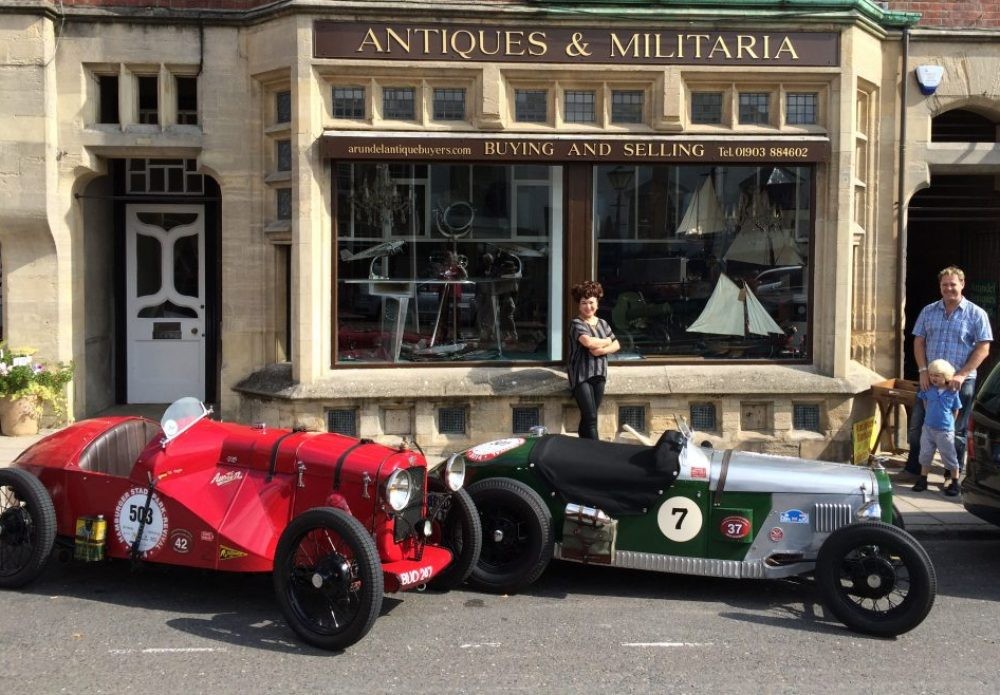The most common rout that an antique items takes from a private seller to an investor is as follows.

An object that we describe as “Item A” is sent off to auction where is guaranteed to be sold on a set day .. The object is “Knocked down ” to a buyer at the hammer price of £100

after about one month the vendor with receive a payment of £75 .. Back on auction day the buyer pays the Hammer price of £100 plus an additional fee of £30 .

“Item A” is much more likely to have been acquired by a dealer than an end user . “Item A ” will now probably be re offered on Ebay or a specialist website .

The dealer’s asking price for “Item A ” is likely to be £300-£400 and if they a patient they will find a collector or even another dealer who believes a greater price can be asked . How could the original seller achieved a better return than the £75?.

We live in an age where information is at everybody’s fingertips . Had the original seller taken time to research just what specialist websites were asking for items similar to “Item A ” then an email sent to a specialist would have resulted in on offer to buy directly.

Selling in a general auction is a democratic, transparent option favoured when dealing with diseased estates . Traditionally in less enlightened times the auction provided pleasant surprises. Given that generally people were not enlightened achieving a return of £75 for “Item A ” would have been welcome news .

Today it is better to first approach then sell to dedicated professionals. At Arundel Antique Buyers we rely entirely from buying directly . The chances are that we have customers who have travelled from abroad on any given day. In areas such as militaria we are well known in the collecting community. Please call if you wish to learn more about our services .
01903-884602
